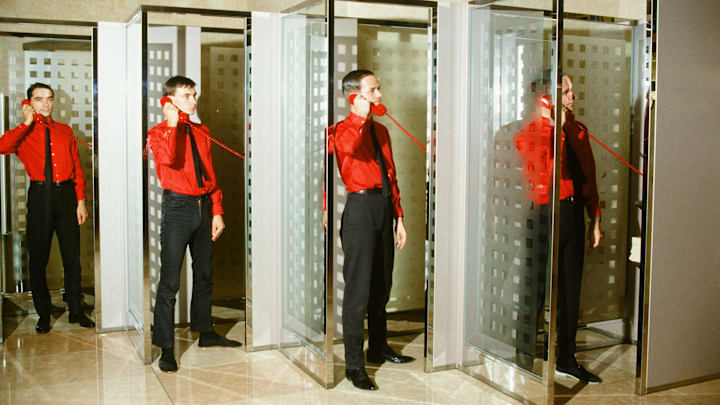With the advent of technology throughout the 1970s and '80s came a new wave of exciting music that combined pop sensibilities with pointed riffs, hints of punk, and artsy presentation, all filtered through the processed sounds of synthesizers and drum machines.
Renowned Occidental bands run the gamut from Talking Heads and Blondie to Tears for Fears, Depeche Mode, and the Eurythmics, but that’s not to say the genre hit a proverbial wall in the Orient.
The same aforementioned period in Japan’s music scene was a wonderfully wild collage of experimentation and innovation. Miles away from the Edo Period’s nationwide sakoku quarantine, influential Western records filtered into the Japanese consciousness, building upon and transforming current trends.
1980s Japanese New Wave bands that should not be overlooked
However, linguistic hurdles, availability, and lack of promotion in general blanket the majority of Japan’s new wave content in an impenetrable blanket of obscurity. Therefore, a little illumination goes a long way in bringing some of Japan’s expired—yet excellent—bands of the era to the surface. Ikimashou!
The Plastics
The Plastics weren’t just a “take” on new wave trends; they were the Japanese equivalent, and in some ways, even superseded it with their unique perspective and objectionably catchy tunes. Indeed, keyboardist Masahide Sakuma is said to have had a hand in the development of the seminal drum machine, the Roland TR-808, which was a key sound for many bands, including Run-DMC, Beastie Boys, and New Order.
By the time the band made their debut in 1976, Talking Heads had been at it for a year (Kraftwerk for six years). Still, you can bet that bandmates/fashion aficionados/lovers Toshio Nakanishi and Chica Sato were paying close attention to the overseas scene.
Legends and stories abound. In one, David Bowie visits Japan and urges the burgeoning band to hunker down and write their songs.
In another, the band’s guitarist, Hajime Tachibana, who was also the graphic designer in charge of tour programs for the Talking Heads, somehow managed to slip a copy of The Plastic’s demo tape to David Byrne, who subsequently sent it to The B-52s, who, in turn, eventually signed them resulting in unprecedented music history.
The Plastic’s debut, Welcome Plastics, released on the major label Victor Music,is a fun bubble-era romp that easily sits alongside Talking Heads ' 77 and The B-52s' self-titled album with its boy-girl call-and-answer element and playful commentary. It is a singular sign of the times in Japan, with revealing songs like “Digital Watch,” “Too Much Information,” and “Robot,” while offering tongue-in-cheek criticism of the rapid changes taking place.
It’s interesting to note that the entirety of their tracks is read in katakana, which is the foreign reading of Japanese text. Could it have been to attach themselves to the foreign genre they so effortlessly fit into, or was it to garner attention overseas?
While their sophomore and more serious album, Origato, granted them access to American ears via a nationwide tour, their 1981 disappointing third release, Welcome Back, was essentially a “greatest hits” album and signaled the end of the influential band, but not their legacy.
Continued on next slide...
